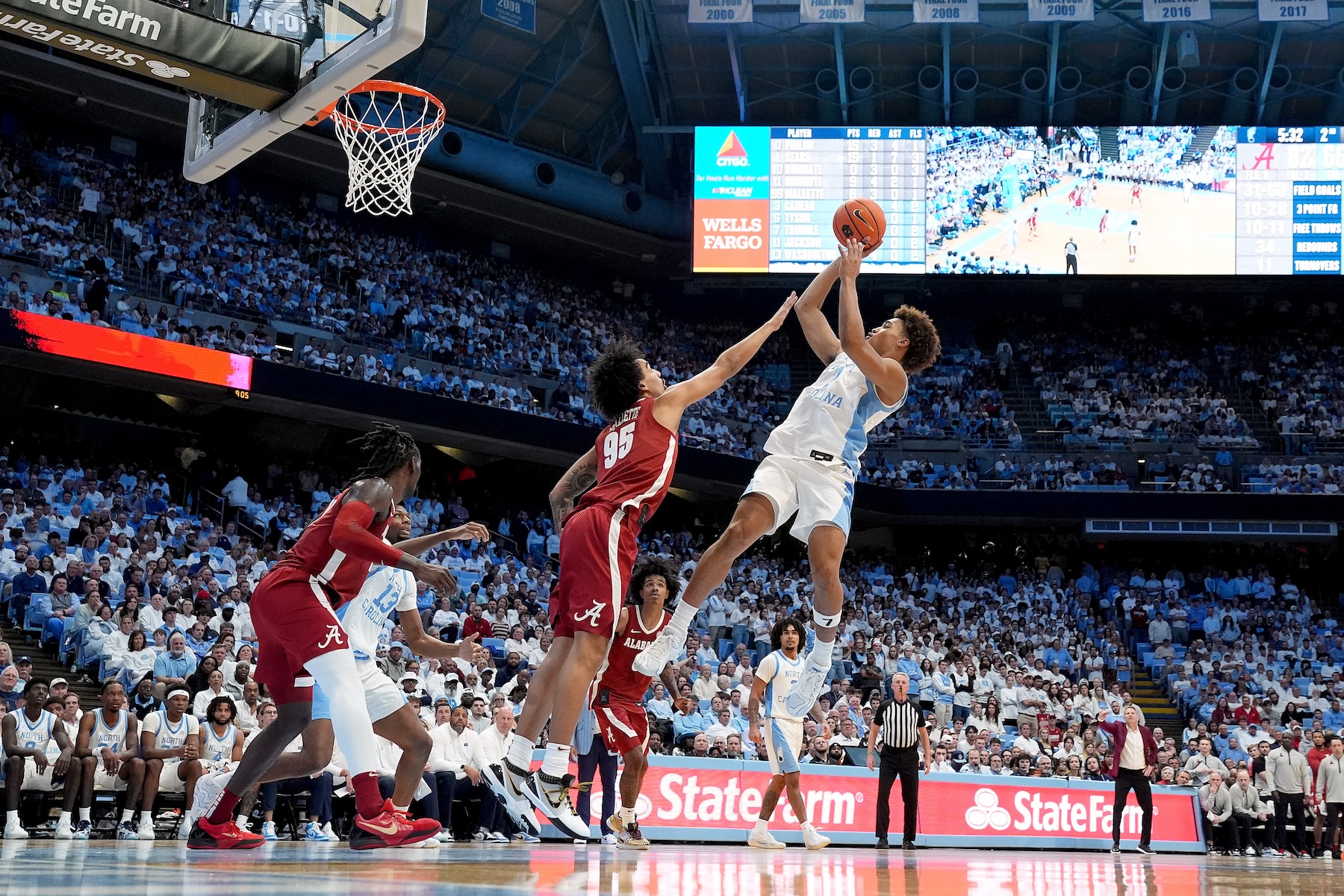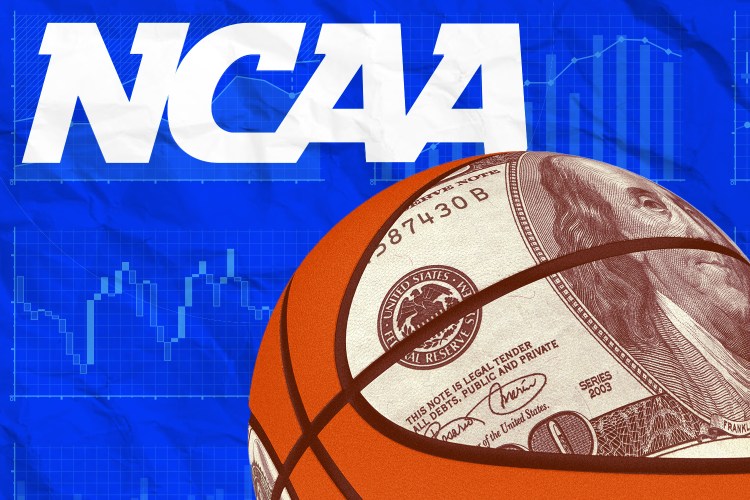The ACC is hoping that less ends up becoming more as it works to increase the number of teams it sends to the NCAA Tournament each season. At least that’s the thought process behind this summer’s decision to reduce the conference schedule from 20 to 18 league games.
Despite persistent assertions from commissioner Jim Phillips that the ACC is the “premier conference in the country,” the once dominant league has seen its stature decline in recent years. Its four tournament teams last season represented its lowest percentage of bids since the NCAA began expanding the tournament in 1975. It only got five bids in each of the three previous years.
By contrast, the SEC set a tournament record by placing 14 of its 16 teams in the 68-team field in 2025.
Speaking at the ACC’s annual Basketball Tip-Off media event in Charlotte on Tuesday, Phillips said that the new scheduling philosophy will help conference teams enhance their NET ranking by providing them with as many as two extra Quad 1 and Quad 2 opportunities they might not otherwise get against league opponents. “I can’t tell you the amount of time that we’ve spent with our coaches about scheduling across all of our sports, led by football and then women’s and men’s basketball,” Phillips said. “(The league’s members) understand that you better play really good opponents in the nonconference if you want to win an ACC championship, regardless of the sport, as well as winning an NCAA Tournament.”
While heavyweights Duke and North Carolina have traditionally challenged themselves by playing elite national schedules, many of their league rivals have taken advantage of the new format to bulk up their own nonconference slates. ACC teams will combine to play at least 72 games against Power Four and Big East opponents this season, giving them ample opportunities to make an early statement – both for themselves and their conference. But the narrative surrounding the league, as well as the number of bids it gets on Selection Sunday, will only improve if its teams are able to take care of business when they have the chance.

“Collectively as a conference if we can win 85-to-90 percent of the nonconference games, I think that changes the perception,” Georgia Tech coach Damon Stoudamire said. “I think what happens is that perception turns to reality for a lot of people. So you only gain momentum when people watch TV. If you don’t win early, then you don’t gain momentum. When you win early, you gain momentum. I think that just helps the conference.”
As beneficial as it might be for the ACC, the new scheduling format is not without its drawbacks. Because each team will have only one primary partner that it faces on a home-and-home basis each season, some traditional rivalries will be adversely affected. That means that while some popular matchups such as Duke-UNC will continue as usual, others – including those involving the ACC’s other Triangle entry, NC State, will suffer.
The Wolfpack will only face the Blue Devils and Tar Heels once each. And because teams will also play twice against a “variable partner” to be determined each year, there will eventually be instances in which State won’t face one of its neighboring rivals at all. It’s not a perfect system. But according to Phillips, the new format – which was drawn up by a collaboration of conference administrators, athletic directors and coaches – is the best possible option given the challenges of the ACC’s expanded 18-team bi-coastal footprint. “We struggled with getting to where we ended up with an 18-game schedule because the history and tradition of the league is as good as any in the country,” the commissioner said. “It just is. As I said before, this is the premiere basketball league in the country, so we didn’t take it lightly.”
Damon Stoudamire Wants NBA-Style Continuity for Georgia Tech
Two years after leaving the Celtics front office, former Rookie of the Year Damon Stoudamire is building a quality veteran core at Georgia Tech
There is at least some legitimacy to Phillips’s claim. With a cumulative 36-18 record over the past four seasons, the ACC has compiled the best NCAA Tournament winning percentage among the Power Four conferences. Five of its teams have been to the Final Four during that time, including top-seeded Duke last April. “We don’t have a problem winning when we get into the Tournament,” Phillips said. “We’ve had a problem getting into the Tournament.”
In order to change that direction, Pittsburgh coach Jeff Capel said that the ACC must stop trying to live off the glory of its past and begin the process of building a new legacy amid the changing landscape of NIL, revenue sharing and the transfer portal.
And the new scheduling format is only the tip of the iceberg.
“There has to be alignment across the board in every area, in investment to each program, to athletic departments. That’s from universities, athletic departments, everywhere,” said Capel, whose association with the conference goes back to his playing days as a point guard at Duke. “College athletics is very different now and we can’t be stuck in the past as a league of, well, we’re the ACC.
“We can’t have arrogance and just think that it’s supposed to happen because we’re the ACC. Other leagues, other programs are making significant investments into their departments to have success and we collectively as a league have to do that as well.”











